History of syncretism “習合の歴史“
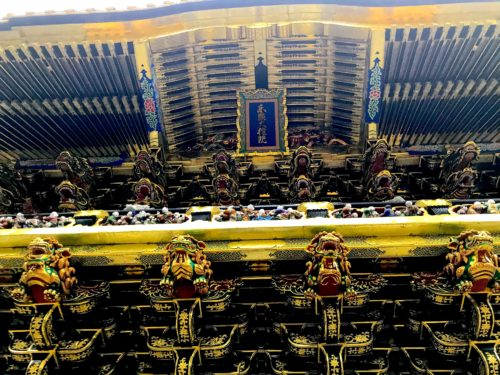
「sincretistic fusion of shintoism and buddhism」 is a harmonious way of thinking that fuses Shinto and Buddhism.In the Nara era, the relationship between Shinto and Buddhism gradually became intimate, and it lasted about 1200 years until 「Shinto and Buddhism Separation Order(Shinbutsu-Hanzen-rei)」 was announced in 1868.Shinto is an indigenous religion of Japan. The Japanese god refers to nature and natural phenomena such as mountains, the sea, trees, stones, storms, and thunders, and is worshiped as the 8 million gods.Buddhism is a religion founded by the Buddha of India and was introduced to Japan in 538 (with 552 theories) through mainland China.
「神仏習合」とは、神(神道)と仏(仏教)が習合(融合し調和)した考え方で、奈良時代に神仏関係が徐々に緊密化してから、明治元年(1868年)に神仏判然令(神仏分離令)が出されるまで、約1200年間続きました。神道は日本の土着の宗教です。日本における神とは、八百万の神と言われるように山、海、木、石、嵐、雷などの自然や自然現象を指し、崇拝しています。仏教はインドの釈迦を開祖とした宗教で、日本には538年(552年説あり)に中国大陸を経て伝来しました。
Relationship of Shinto and Buddhism:神道と仏教との関係
Shinto has no founder. There was no teaching or writing at that time, but a shrine was built to worship God.With the introduction of Buddhism, a temple was built inside the shrine. This is the so-called “Jinguji”.”Syncretizm (Shinbutsu-Shugo)” means Shinto and Buddhism teach and understand each other. It is believed that there was compassion and rules between the shrine and the temple.
神道は開祖がなく、自然にできたものとされています。教えもなく、文字も当時はありませんでしたが、神社が建てられ、神様を祀るようになりました。仏教伝来により、神社の中にお寺や仏堂が建てられるようになりました。いわゆる「神宮寺」の建立ですが、この動きが次第に神仏習合に発展していきます。「習合」には、神道と仏教がお互いに教え合い、お互いを理解し合うという意味があります。そこには、神社とお寺の間に思いやりやルールがあったと考えられます。



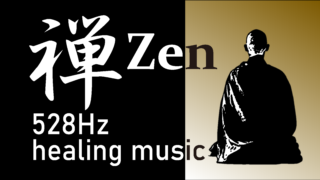

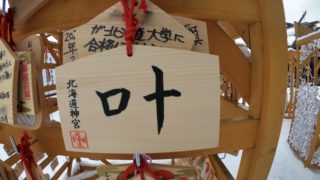

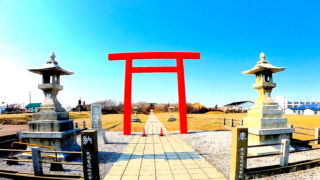
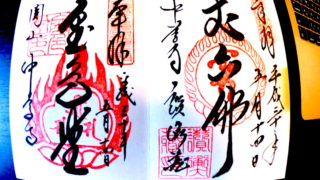
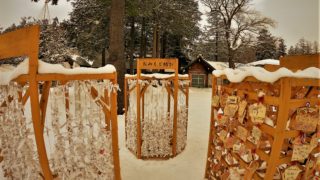
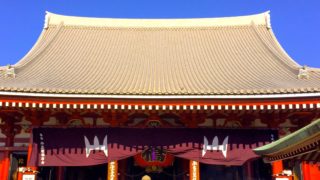

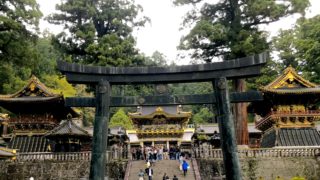
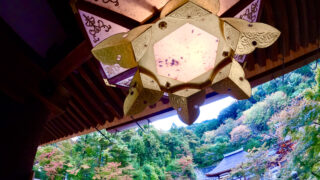
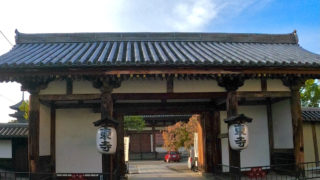
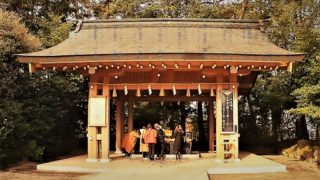
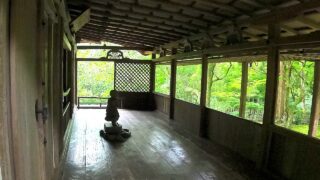



コメント